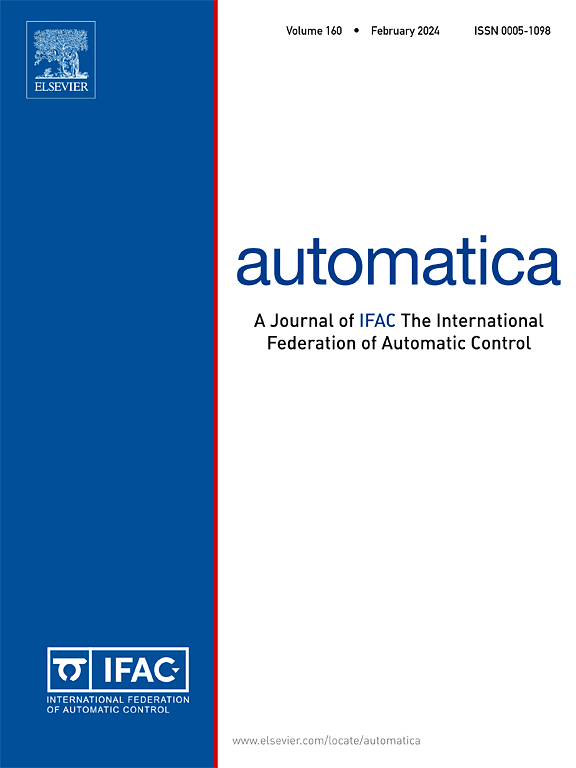A novel semantic-based multi-packet parallel transmission scheme for networked control systems
IF 4.8
2区 计算机科学
Q1 AUTOMATION & CONTROL SYSTEMS
引用次数: 0
Abstract
This paper proposes a novel semantic-based multi-packet parallel transmission (MPPT) scheme for networked control systems (NCSs), aimed at addressing the challenge of limited network bandwidth in accommodating the growing data traffic demands in MPPT. Following the principle of ‘analyzing before transmission’, the core of the proposed semantic-based MPPT is ‘semantic extraction semantic transmission semantic recovery’. Firstly, semantic information of raw data is extracted in the form of natural language descriptions. Considering the ‘cultural clash’ between these descriptions and bitstream-based system components, fuzzy mathematical theories and methods are introduced to facilitate the mutual conversion between natural and computer languages. With the establishment of data semantic feature library, natural language descriptions are further converted into digitized semantic representations for network transmission. Subsequently, the semantic recovery module receives these digitized semantic representations and generates reconstructed data based on shared knowledge, which are then used as inputs for the controller. Furthermore, the concept of semantic errors is introduced to systematically model the inherent discrepancies between raw and reconstructed data. Through the skillful controller design, the asymptotic stability of the studied system is guaranteed in the presence of semantic errors while satisfying the performance constraint. Additionally, a parameter optimization algorithm is provided to configure semantically-related parameters, thereby optimizing semantic reconstruction effect. Finally, the effectiveness of the proposed method is validated in a six-area power system.
求助全文
约1分钟内获得全文
求助全文
来源期刊

Automatica
工程技术-工程:电子与电气
CiteScore
10.70
自引率
7.80%
发文量
617
审稿时长
5 months
期刊介绍:
Automatica is a leading archival publication in the field of systems and control. The field encompasses today a broad set of areas and topics, and is thriving not only within itself but also in terms of its impact on other fields, such as communications, computers, biology, energy and economics. Since its inception in 1963, Automatica has kept abreast with the evolution of the field over the years, and has emerged as a leading publication driving the trends in the field.
After being founded in 1963, Automatica became a journal of the International Federation of Automatic Control (IFAC) in 1969. It features a characteristic blend of theoretical and applied papers of archival, lasting value, reporting cutting edge research results by authors across the globe. It features articles in distinct categories, including regular, brief and survey papers, technical communiqués, correspondence items, as well as reviews on published books of interest to the readership. It occasionally publishes special issues on emerging new topics or established mature topics of interest to a broad audience.
Automatica solicits original high-quality contributions in all the categories listed above, and in all areas of systems and control interpreted in a broad sense and evolving constantly. They may be submitted directly to a subject editor or to the Editor-in-Chief if not sure about the subject area. Editorial procedures in place assure careful, fair, and prompt handling of all submitted articles. Accepted papers appear in the journal in the shortest time feasible given production time constraints.
 求助内容:
求助内容: 应助结果提醒方式:
应助结果提醒方式:


